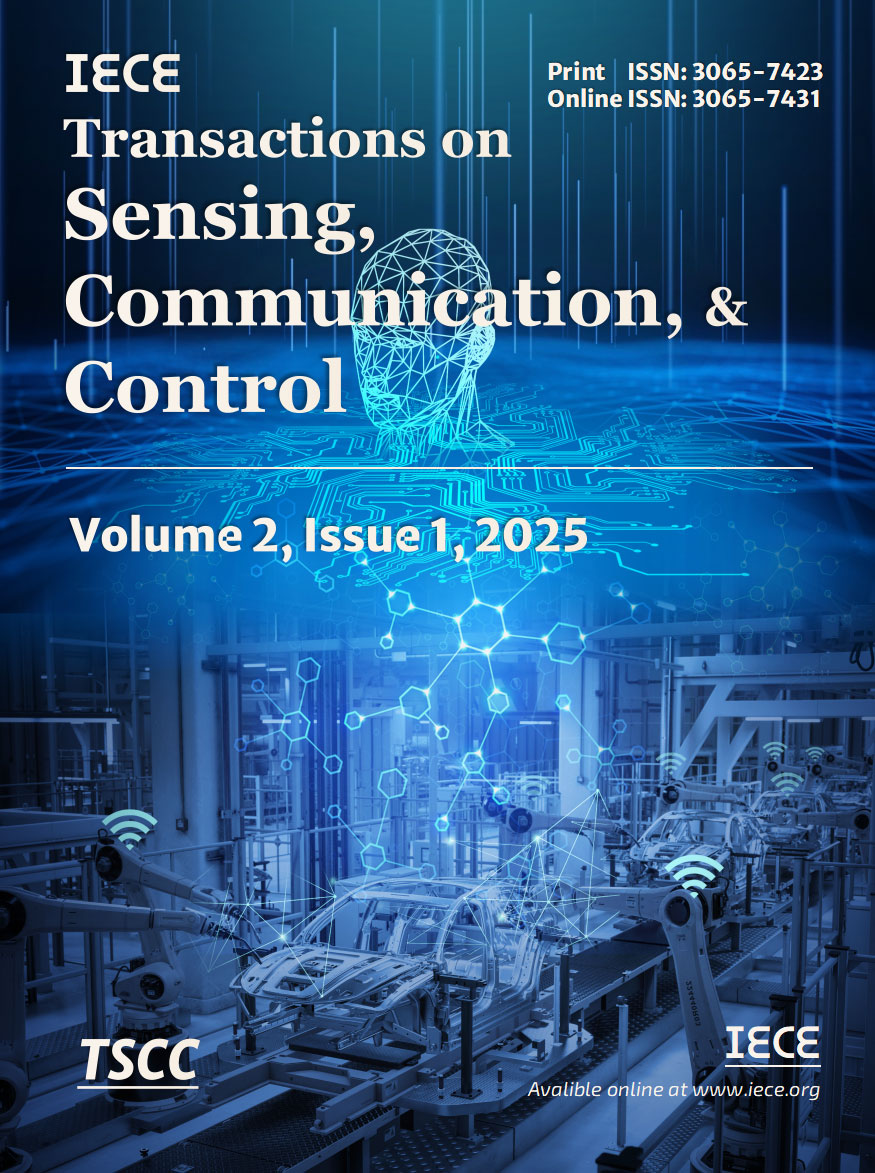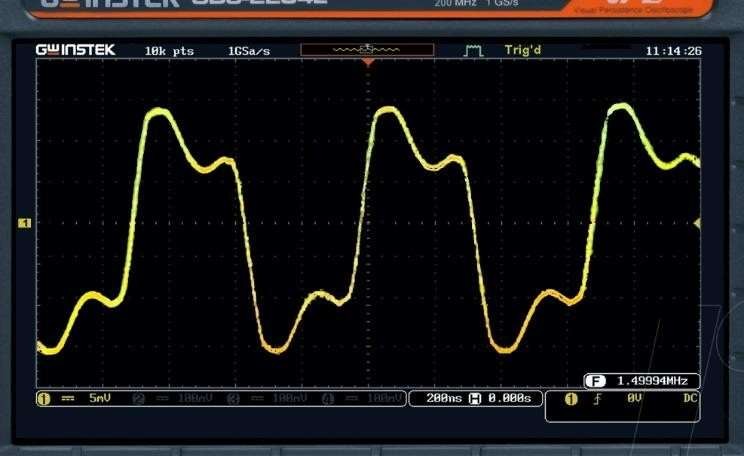Abstract
The main goal of this study is to design and develop a half-bridge inverter architecture specifically for high-voltage power supply applications. An effective, small, and affordable system that converts direct current (DC) to alternating current(AC) can be built, thanks to the IR2151 chip’s dependable characteristics and performance. To get the desired output voltage, the transformer first increases the voltage and then the voltage is increased with a voltage-doubling rectifier (VDR) circuit. The study emphasizes how crucial it is to choose components carefully and simulate the circuit design and implementation process to guarantee dependable performance. The experimental results validate the suggested architecture’s operational efficacy and viability. Moreover, the system’s control mechanisms are strengthened by integrating Fractional Order PID (FOPID) and Proportional-Integral-Derivative (PID) controllers. These controllers provide vital feedback for stable output voltage and improved flexibility under transient situations. This study significantly advances the field by addressing key challenges such as size reduction, cost optimization, and improved control strategies, which are critical for high-voltage applications.
Keywords
high-voltage power supply
half-bridge inverter
IR2151 Chip
voltage doubling rectifier (VDR)
DC to AC Conversion
circuit design and simulation
fractional order PID
Funding
This work was supported without any funding.
Conflicts of Interest
The authors declare no conflicts of interest.
Ethical Approval and Consent to Participate
Not applicable.
Cite This Article
APA Style
Rajput, S., Zahid, F., Dahri, F. H., Assar, N. A., & Channa, I. A. (2025). High-Voltage Power Supply: Design Considerations and Optimization Techniques. IECE Transactions on Sensing, Communication, and Control, 2(1), 1–10. https://doi.org/10.62762/TSCC.2024.741277
Publisher's Note
IECE stays neutral with regard to jurisdictional claims in published maps and institutional affiliations.
Rights and permissions
Institute of Emerging and Computer Engineers (IECE) or its licensor (e.g. a society or other partner) holds exclusive rights to this article under a publishing agreement with the author(s) or other rightsholder(s); author self-archiving of the accepted manuscript version of this article is solely governed by the terms of such publishing agreement and applicable law.


 Submit Manuscript
Edit a Special Issue
Submit Manuscript
Edit a Special Issue

